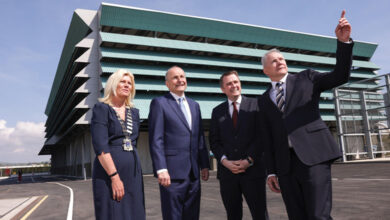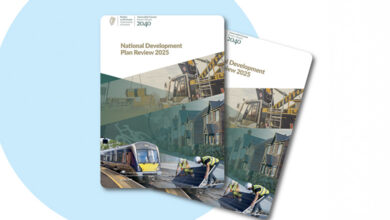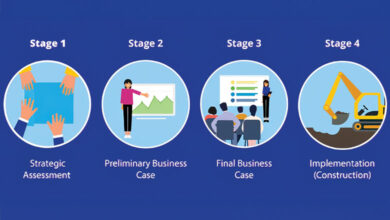EU Biodiversity Strategy

Micheal O’Briain, Deputy Head of the Nature Unit of DG Environment in the European Commission, discusses a new pathway for biodiversity in Europe and the importance of a global context.
Highlighting that the publication of the EU Biodiversity Strategy for 2030 sits within a broader set of actions contained within the EU’s new Green Deal, O’Briain points to a much greater recognition of the seriousness of the biodiversity crisis that is being faced globally.
The Strategy emerged in May 2020, in parallel with the EU’s Farm to Fork Strategy, highlighting the importance of the interconnectedness between biodiversity and the food sustainability system.
O’Briain outlines that the conclusion of the current strategy to 2020 will confirm that Europe has not halted biodiversity loss. However, he points to a much better understanding of the drivers of biodiversity loss. In Europe, the most significant of these relate to land use, particularly linked to agriculture and there is a recognition that these are being driven by the indirect drivers such as how we live, consume, and produce.
“We can see the consequences in relation to the great thinning of nature that has happened over the last four decades with an increasing rate of extinction of species,” states O’Briain, emphasising the human-induced nature of this phase of extinction.
The European Commission representative highlights the role of nature in underpinning economies and societies and flags the World Economic Forum’s identification of the loss of biodiversity and ecosystems as “one of the greatest risks facing humanity and businesses”.
On why the strategy is of critical importance now, O’Briain says that alongside a recognition that the decline of species and habitats are happening at an unprecedented rate, the pandemic has installed the need for a green recovery.
The strategy consists of four key elements in the form of: protect nature; restore nature; enable transformative change; and have an EU for an ambitious global agenda.
Central to the protect nature element is the insurance of sufficient space for nature. The EU’s Natura 2000 programme is a solid base on which to build but is not sufficient. In response, the EU have outlined an ambition to expand its protection network to 30 per cent of EU land and sea, embracing Natura 2000 and nationally designated areas. A third of these areas are set to be recognised as ‘strictly protected’, with particular relevance to Ireland’s peatlands, seabed protections and public lands where re-wilding is possible.
In terms of restoring nature, O’Briain points out that the Commission has committed to bringing forward legally binding targets in 2021, complimenting and reinforcing existing legislation. Amidst these targets will be a move to not only halt biodiversity decline but to create measurable improvements, while also increasing organic farming by at least 25 per cent. The EU are aiming for a 50 per cent reduction in the use and risk of pesticides, the planting of an additional three billion trees and the restoration of free-flowing rivers and a reduction of damage to the seabed.
On enabling transformative change, O’Briain points out that little change will occur without an enabling governance framework and sets out that enforcement will be central to this. Better implementation of existing of frameworks must also be enhanced by access to finance, better business engagement, stronger education, and the promotion of nature-based solutions.
On an EU for an ambitious global agenda, O’Briain highlights the need for an EU strategy that shows a commitment which starts at home. The post-2020 framework aligns with the UN’s ‘living in harmony with nature vision’ and in doing so will have to give greater recognition to ensuring a fair and equitable share of the benefits from the use of genetic resources linked to biodiversity. To this end, the EU is aiming for a successful outcome from the 15th meeting of the Conference of the Parties to the Convention on Biological Diversity, being held in Kunming, China in 2021.
Turning to the next steps for the Strategy, O’Briain says that the actions contained in the Strategy’s annex are being discussed with member states and stakeholder communities, who will be responsible for delivery. Translating the words of Europe’s leaders at the United Nations Summit on Biodiversity into actions will be the challenge at home, while globally, the conference in China will deliver a more global agenda.





